Miracles Happen
 A little while ago, I put up a post here about Miracleman, or, as it was originally known, Marvelman.
A little while ago, I put up a post here about Miracleman, or, as it was originally known, Marvelman.
One of the great ‘lost’ works of the comics medium, written first by Alan Moore and then by Neil Gaiman, for twenty years a confused copyright situation has kept old Miracleman material from being reprinted and kept publishers leery of the legal mess from taking a chance on publishing new material. This, even though Gaiman had plotted out a conclusion to the saga and one further issue had actually been fully drawn.
A bit more than a week ago, that all changed. Marvel Comics, who had been working with Gaiman to unriddle the complexities of the case, announced that in January of 2014, they’d begin reprinting Miracleman as a monthly comics series.
These issues will reprint all the material previously published in the United States as Miracleman and will also include new supplementary material, as well as some work previously only published in England. After the old issues are all reprinted, the series will continue with new work by Gaiman and artist Mark Buckingham.
This is big news.
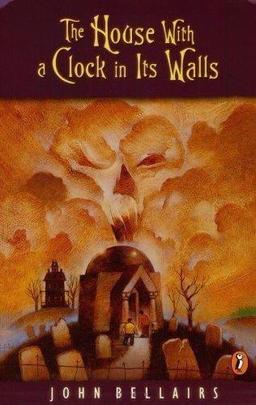
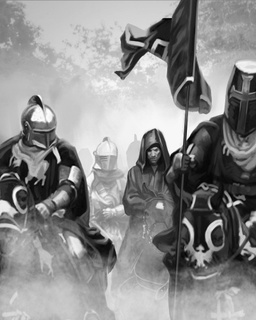

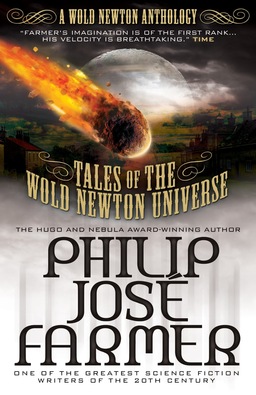
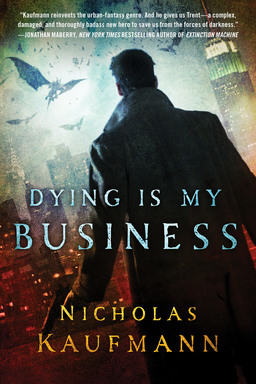


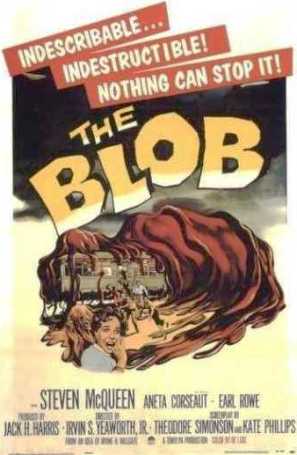

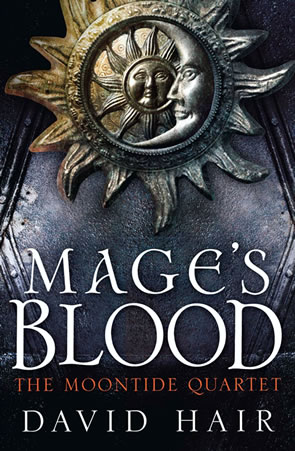 Sprawl is my favorite virtue of the novel. Not just this novel, Mage’s Blood, but novels generally, in all their varied glories. I may be the only person on Earth who is not at all perturbed by the ever-increasing length of George R. R. Martin’s Song of Ice and Fire books and I was probably the only reader of Harry Potter who wished J.K. Rowling had made her last volume about fifty pages longer, though this is not the time to say why. Sprawl may be a virtue in novels, but in blog posts, not so much. I picked up David Hair’s first volume of the new Moontide Quartet series because it promised a large ensemble cast arrayed in a family saga big enough to keep all those characters busy for years. The word “Quartet” in the title helps, too, with its suggestion that the author knows where he is going with the series. And if the first volume is anything to go by, I think he probably does.
Sprawl is my favorite virtue of the novel. Not just this novel, Mage’s Blood, but novels generally, in all their varied glories. I may be the only person on Earth who is not at all perturbed by the ever-increasing length of George R. R. Martin’s Song of Ice and Fire books and I was probably the only reader of Harry Potter who wished J.K. Rowling had made her last volume about fifty pages longer, though this is not the time to say why. Sprawl may be a virtue in novels, but in blog posts, not so much. I picked up David Hair’s first volume of the new Moontide Quartet series because it promised a large ensemble cast arrayed in a family saga big enough to keep all those characters busy for years. The word “Quartet” in the title helps, too, with its suggestion that the author knows where he is going with the series. And if the first volume is anything to go by, I think he probably does.